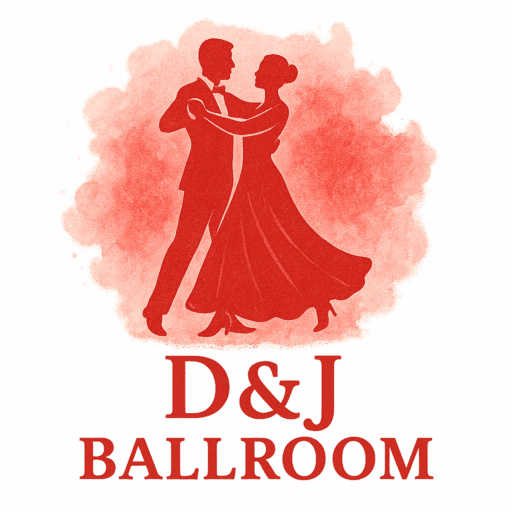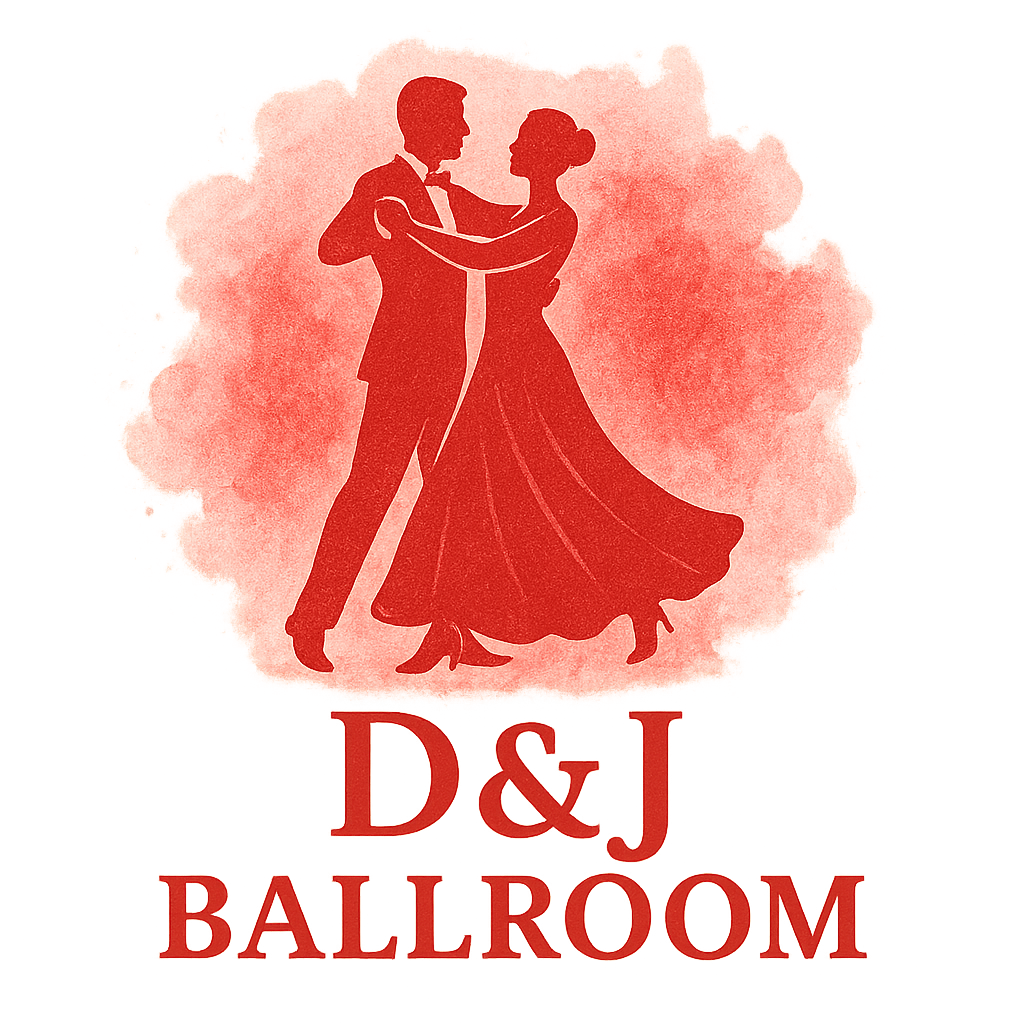Introduction: Why Footwork Speed Matters in Ballroom Dance
Ever watched a professional ballroom dancer and thought, “How do their feet move that fast and still look elegant?” The answer lies in dedicated technique training. Faster footwork doesn’t just make you look impressive—it enhances your rhythm, balance, and confidence on the dance floor.
Whether you’re preparing for ballroom competitions or just want to shine at social events, footwork drills are essential. In this guide, we’ll cover 12 ballroom technique drills for faster footwork training, plus expert tips to help you improve precision, stamina, and control.
Understanding the Importance of Technique in Ballroom
Ballroom isn’t only about memorizing steps—it’s about mastering technique.
Balance and Posture as the Foundation
Good posture is your anchor. Without it, fast footwork collapses. If you’re curious about how posture has evolved, check out the history and culture of ballroom dance.
Connection Between Speed and Control
Control is what makes fast steps look smooth. That’s why ballroom dancers dedicate hours to technique and training—to move quickly without losing grace.
Warm-Up Essentials Before Ballroom Technique Drills
Before diving into drills, your body needs prep.
Dynamic Stretching for Dancers
Loose hips, ankles, and knees equal smoother dancing. Warm-ups should feel like a “switch-on” for your body.
Foot and Ankle Mobility Routines
Ankle rolls and toe raises protect you from injuries and improve sharp pivots—especially in dances like tango or waltz.
Drill 1: Quickstep Footwork Isolation
The Quickstep thrives on light, fast steps. Focus only on your heel-to-toe rolls—no arms, no torso—until they’re crisp and effortless.

Drill 2: Cha-Cha Chassé Acceleration
Chassés define Cha-Cha. Start slow, then build speed. Imagine typing rapidly but with perfect rhythm. Learn more about Latin influences in our ballroom dance styles guide.
Drill 3: Tango Walk Precision and Speed
Sharp, grounded steps make Tango powerful. Practice walking drills while keeping your frame strong—an iconic feature of ballroom tango.
Drill 4: Rumba Slow-Fast Foot Transition
The Rumba is sensual and contrasting—slow then quick. Alternating steps trains adaptability. Explore how Rumba fits into ballroom’s cultural background.
Drill 5: Jive Kick Speed Challenge
Fast, springy kicks define Jive. Do rapid sets of eight kicks, snapping your feet under quickly. It’s cardio and dance rolled into one! See more about Jive in Latin dance styles.
Drill 6: Waltz Rise and Fall Footwork Control
The Waltz is pure elegance. Practice slow rises onto toes and smooth descents. Once your balance improves, add speed for fluidity.
Drill 7: Samba Bounce Action Drill
Samba’s “bounce” comes from quick calf actions. Repeating bounce drills not only boosts rhythm but also builds stamina for long routines.
Drill 8: Viennese Waltz Turning Drill
The Viennese Waltz is known for dizzying spins. Repetition helps your body memorize foot placement while staying poised.
Drill 9: Paso Doble Stamping Power Drill
Paso Doble is about drama. Practice sharp stamping in rhythm with music, building confidence and floor presence. Dive into more about this style in ballroom dance categories.
Drill 10: Quick Direction Change Practice
Set markers on the floor and practice pivoting between them. Quickstep, Jive, and Samba benefit most from this agility drill.
Drill 11: Syncopation Rhythm Footwork Drill
Clap and count “1-and-2” while stepping. Syncopation builds foot rhythm and musicality—a must for competitive ballroom.
Drill 12: Mirror Drill for Partner Synchronization
Stand with your partner and mirror each other’s steps. This drill isn’t just about speed—it’s about connection in ballroom and moving as one.
Tips to Maximize Ballroom Technique Training
Consistency Over Intensity
Daily 15-minute practices beat marathon weekend sessions. Progress is built on repetition.
Practicing with Music Tempo Variations
Switch between slow and fast songs. Try training with tempos used in ballroom events and competitions.
Recording and Reviewing Footwork
Record yourself occasionally—it’s like holding up a mirror. Mistakes are easier to spot and fix.
Common Mistakes to Avoid in Footwork Training
Rushing Without Control
Speed without clarity = messy dancing. Start slow, then build up.
Ignoring Posture and Balance
Without posture, even the fastest feet look unpolished.
Overlooking Proper Shoe Choice
Your shoes matter. Explore our guide to ballroom attire and fashion to choose footwear that supports technique.
How Faster Footwork Improves Competition Performance
Impressing Judges with Precision
Judges value clarity and sharpness. Fast, clean feet always stand out.
Building Confidence on the Dance Floor
Once your footwork feels automatic, you can focus on performing, storytelling, and enjoying the music. That’s what makes you shine in ballroom competitions.
Conclusion
Fast footwork isn’t about rushing—it’s about speed with control, posture, and rhythm. These 12 ballroom technique drills will sharpen your dancing, build confidence, and prepare you for both social and competitive stages. With consistent practice, your feet won’t just follow the music—they’ll lead the story of your dance.
FAQs
1. How often should I practice ballroom footwork drills?
At least 3–5 times weekly. Consistency matters more than long sessions.
2. Do I need a partner for these drills?
Not always. Solo drills are excellent, though partner drills improve synchronization.
3. How long before I see results in footwork speed?
Most dancers notice improvements in 4–6 weeks with regular practice.
4. Can beginners try these ballroom drills?
Absolutely. Start slow and increase tempo as you improve.
5. What shoes are best for footwork training?
Proper ballroom shoes with suede soles—see our ballroom wardrobe tips.
6. Are these drills only for competition dancers?
No, social dancers also benefit from better rhythm and precision.
7. How can I track my progress?
Record your practices, measure tempo increases, and seek feedback from a coach.


